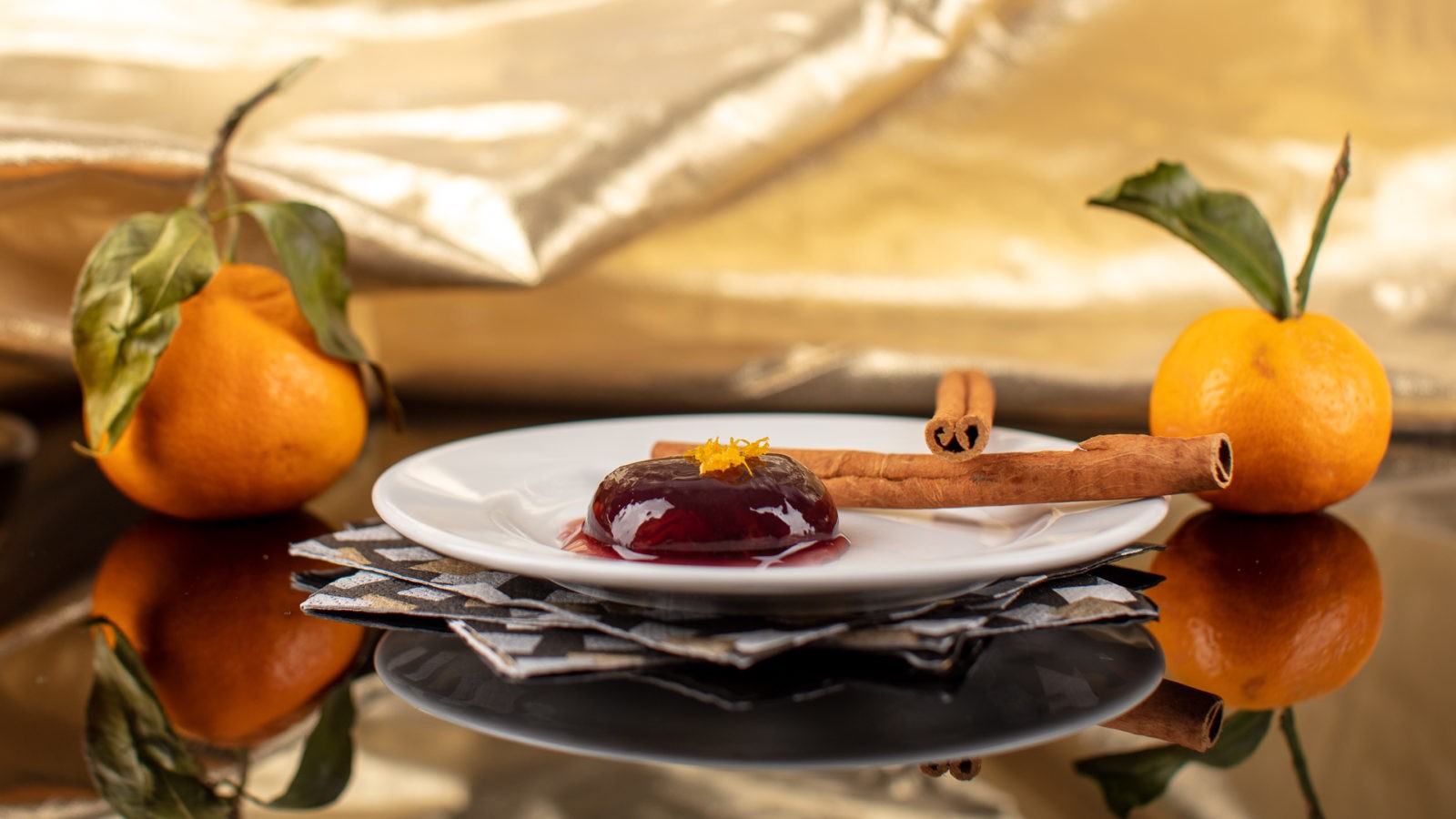The Struggle:
Where would the food industry be without the internet? I imagine we would all be stuck in the days where the blooming onion and mozzarella sticks were recipe royalty. But as the internet became relevant and helped broaden culinary horizons we have been treated to a number of different food trends. Who remembers the days before kale everything and fancy rolled ice cream were a thing. Not that all trends are bad, the past 10 years have given us the best quality coffee we have ever had. From cold brew to latte art it’s been a great time for coffee. On top of that its been the decade of decadence where we ate so much bacon there was a shortage and avocados became king. On top of all this greatness, cocktails have come a long way. Bartenders and mixologist have really taken the idea of the cocktail to new heights. Cocktails have blurred the lines of front of house and back of house recently with the addition of edible cocktails. But what if you could have the experience of a cocktail but also in edible form. Think back to a few years ago the idea of edible water bottles took over the internet. I’m sure someone read an article or more likely saw a meme and said, “what if it was a cocktail”? Boom! That’s how magic happens. It took us a few years but we made it y’all. The cocktail pod is here.
“Is it possible to make an edible cocktail pod?”
Cocktail Pods = Good, Tide Pods = Bad.
This is done through a technique known as spherification. If you’re new to spherification it is a reaction between two ingredients. The first ingredient is known as sodium alginate, it is sodium from seaweed. But do not worry it is completely flavorless and will not make your cocktail taste like the ocean. The sodium alginate is mixed with distilled water in a ratio of 0.5% to the total weight of the water. So for this we will say 1 liter of water will be mixed with 5g of sodium alginate. After it is mixed it will need a few hours to fully hydrate into the water, unless you use our Sphere Magic, which works right away. The second ingredient is calcium lactate gluconate. The calcium is also flavorless and can easily be dissolved into the cocktail itself. It should be added to the cocktail in a ratio of 1-2% of the total weight of the cocktail. You can basically make any cocktail you want into a pod, but you will need to dilute it by 30-50% depending on the cocktail. The reason being is that these cocktails will need to be frozen to properly make the pods. If the alcohol content is too high the pods won’t freeze and it will be much more difficult to make the pods. So for everyone hoping to make edible shots of jager, I’m sorry to disappoint you but you will have to dilute it. The only other thing to be mindful of is carbonation. You will not be able to make a carbonated pod. Pressure created by carbonation will break the thin gel the liquid is contained in. As for that gel that holds the pod together, it is created as the frozen cocktail with calcium is introduced to the sodium alginate liquid. What happens is the calcium in the cocktail is pulled into the sodium alginate. The calcium creates bonds within the sodium alginate and forms a gel around the cocktail. Over time the calcium will continue to be pulled out of the cocktail and create a thicker gel around the outside. The cocktail pod will need 2-3 minutes in this bath to have a thick enough gel to hold the liquid without bursting. Rinse the pods in fresh water to remove any ungelled sodium alginate and store the pods in a container of extra cocktail liquid until service. Do not store the pods in water as they will become diluted due to osmosis. Serve the cocktail pods on a surface that makes it easy to lift it or a plate small enough that you can easily slide it off into one’s mouth. Stay tuned in the coming weeks as we are putting together a base recipe for a number of cocktail pods to help you create your own cocktail experience. As always be sure to share it with us as we love to see the things you create.
Ready to get Cooking?
Give our Pickled Mustard Seed Sphere recipe a try! Best served at room temperature, this dish was inspired by our desire to push the boundaries of Reverse Spherification. We wanted to see if it was possible to create texture within the sphere using mustard seeds. To get the recipes in the full Mustard Sphere dish and more, sign up for our newsletter to be among the first to be notified on exclusive releases from the Kitchen Alchemist’s Notebook.


